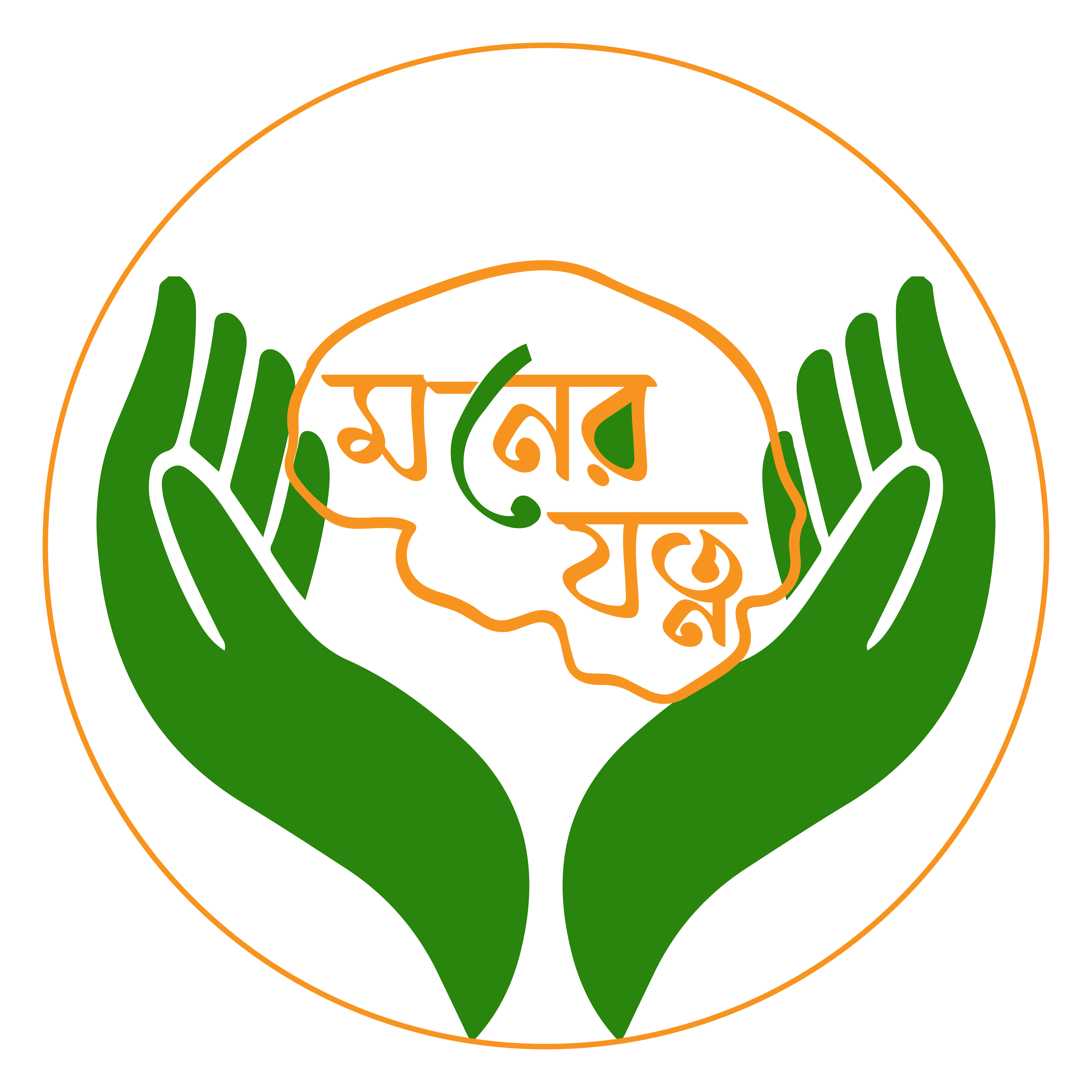
Sleep paralysis is a feeling of being conscious but unable to move. It occurs when a person passes between stages of wakefulness and sleep. During these transitions, you may be unable to move or speak for a few seconds up to a few minutes. Some people may also feel pressure or a sense of choking. Sleep paralysis may accompany other sleep disorders such as narcolepsy. Narcolepsy is an overpowering need to sleep caused by a problem with the brain's ability to regulate sleep.
When Does Sleep Paralysis Usually Occur?
Sleep paralysis usually occurs at one of two times. If it occurs while you are falling asleep, it's called hypnagogic or predormital sleep paralysis. If it happens as you are waking up, it's called hypnopompic or postdormital sleep paralysis.
What Happens with Hypnagogic Sleep Paralysis?
As you fall asleep, your body slowly relaxes. Usually you become less aware, so you do not notice the change. However, if you remain or become aware while falling asleep, you may notice that you cannot move or speak.
What Happens with Hypnopompic Sleep Paralysis?
During sleep, your body alternates between REM (rapid eye movement) and NREM (non-rapid eye movement) sleep. One cycle of REM and NREM sleep lasts about 90 minutes. NREM sleep occurs first and takes up to 75% of your overall sleep time. During NREM sleep, your body relaxes and restores itself. At the end of NREM, your sleep shifts to REM. Your eyes move quickly and dreams occur, but the rest of your body remains very relaxed. Your muscles are "turned off" during REM sleep. If you become aware before the REM cycle has finished, you may notice that you cannot move or speak.
Who suffers from Sleep Paralysis?
Possibly up to as many as forty percent of people may have sleep paralysis. This common condition is often first noticed in the teen years. But men and women of any age can have it. Sleep paralysis may run in families. Other factors that may be linked to sleep paralysis include:
- Lack of sleep
- Changes in Sleep schedule
- Mental conditions such as Stress or Bipolar Disorder
- Supine Sleeping (Sleeping on the back)
- Other sleep problems such as Narcolepsy or Night-Time Leg Cramps
- Use of certain medications, such as those for ADHD
- Substance abuse
How Is Sleep Paralysis Treated?
Most people need no treatment for sleep paralysis. Treating any underlying conditions such as narcolepsy may help if you are anxious or unable to sleep well. These treatments may include the following:
- Improving sleep habits -- such as making sure you get six to eight hours of sleep each night.
- Using antidepressant medication if it is prescribed to help regulate sleep cycles.
- Treating any mental health problems that may contribute to sleep paralysis.
- Treating any other sleep disorders, such as narcolepsy or leg cramps.
There is a substantial amount of myths and science behind the sleep disorder sleep paralysis. Although there is reasoning behind the vivid imagery and why this disorder occurs, there is no specific reasoning to why people hallucinate these certain scenarios. Hopefully within upcoming years of research they find more information about this disorder, and how to treat it. The fear and anxiety caused from Sleep Paralysis will optimistically diminish as resolutions transpire.




